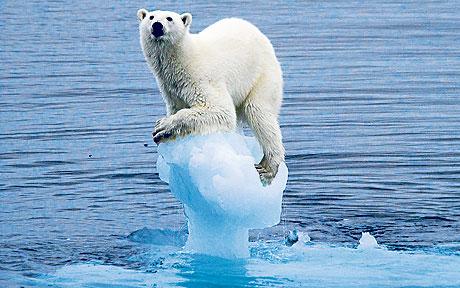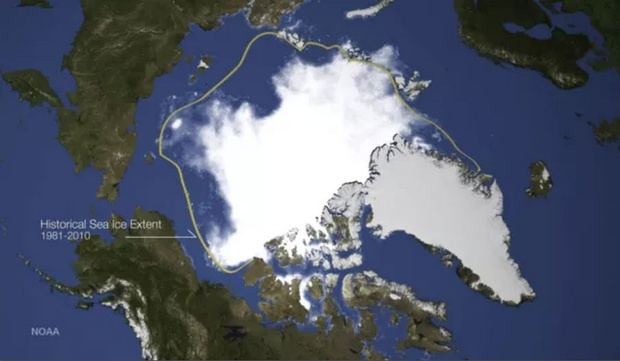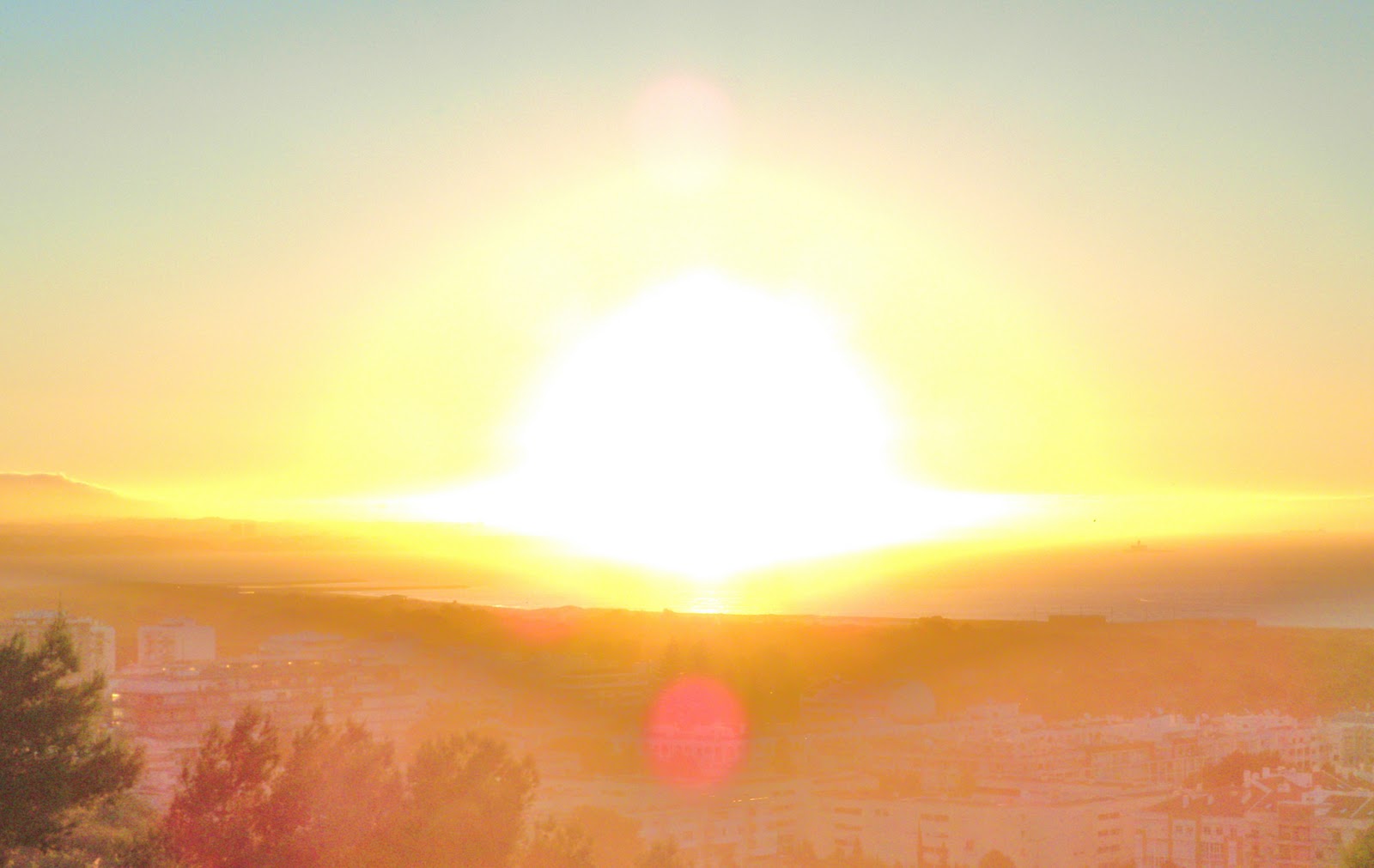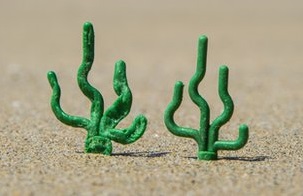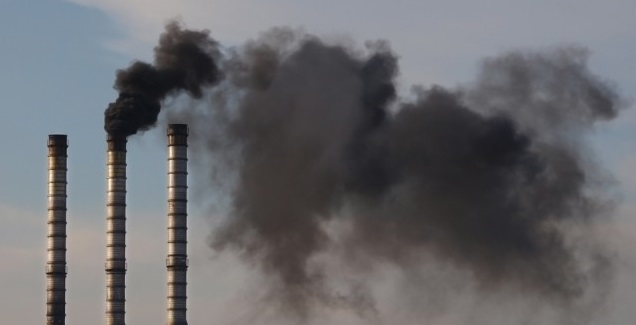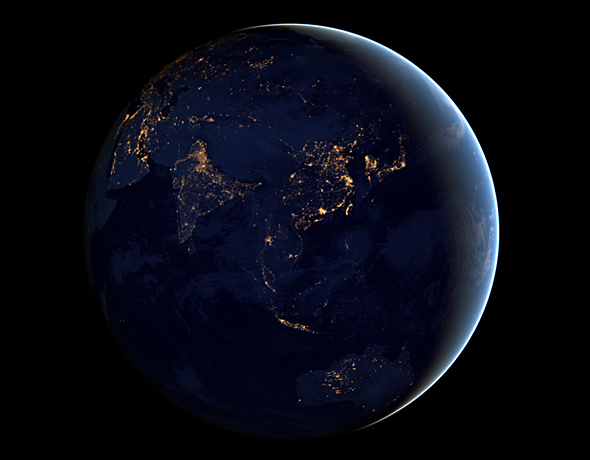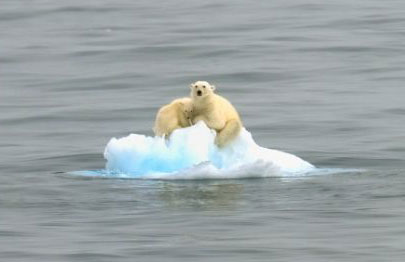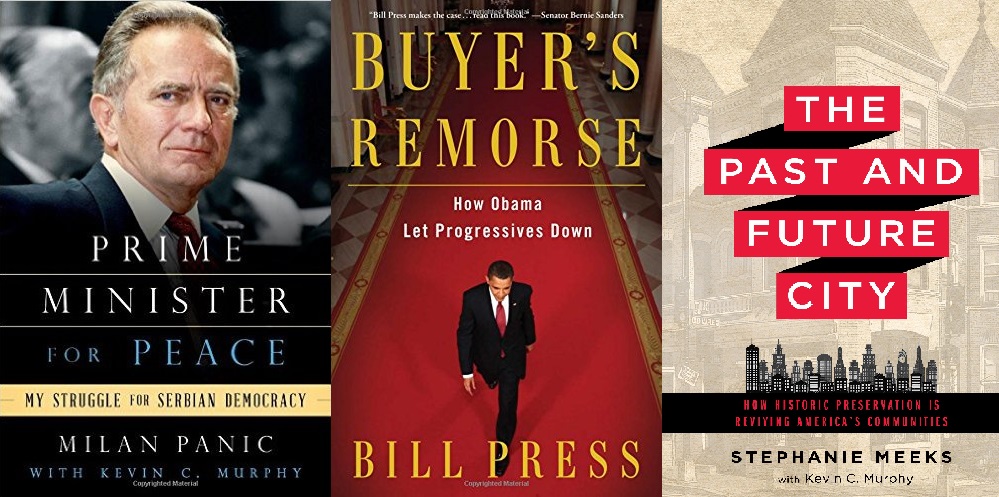
Prime Minister for Peace tells the story of Milan Panic, a California businessman who’s lived a Zelig-like life of sorts. As a child, he fought with the partisans against the Nazis in his native Yugoslavia. As a young man, he became an Olympic cyclist, and used that opportunity to escape Tito’s Communism and defect to the West. He then started a pharmaceutical business that made him a millionaire several times over.
This book focuses on his experiences in the 1990s, when he went back to the then-fragmenting Yugoslavia to serve as Prime Minister, and, in trying to bring peace to the Balkans, went toe-to-toe with Serbian dictator Slobodan Milosevic, not to mention cynical Western diplomats and sundry other ethnic nationalists.
Buyer’s Remorse, my sixth collaboration with Bill Press since 2001 — he writes; I research, outline, edit, and fine-tune — covers, in a nutshell, all the many ways Barack Obama’s presidency let progressives down. If you’ve swung by here at any point in the past, you’ve already heard me go on about this at some length, so no need to belabor it here. (This book came pre-researched, in that regard.)
Interesting sidenote: This has been the biggest-selling book I’ve been involved with since the Carville/Ken Starr one in ’99, in part because the Clinton campaign tried to bash Bernie Sanders with it in the early primaries. (Clinton is apparently Obama’s biggest fan, except when she isn’t.)
And The Past and Future City, coming out this October, is what I’ve been working on this past spring, with NTHP president and CEO Stephanie Meeks. It makes the case for historic preservation in the 21st century and argues, in effect, this isn’t your grandparents’ preservation movement anymore.
All over America, historic buildings are helping make cities more desirable, and urban residents happier and healthier. They are spurring economic growth, nurturing start-up businesses, and creating jobs. They are reducing energy costs and environmental impact, and encouraging healthy living practices like walking and cycling. They are helping to provide solutions to challenges like affordability, displacement, and climate change. And they are turning diverse neighborhoods into communities, and helping us come to terms with the difficult chapters in our history. And the best part is, they’re already there — they just need smart, forward-looking policies to unlock their power and potential. On sale soon!

